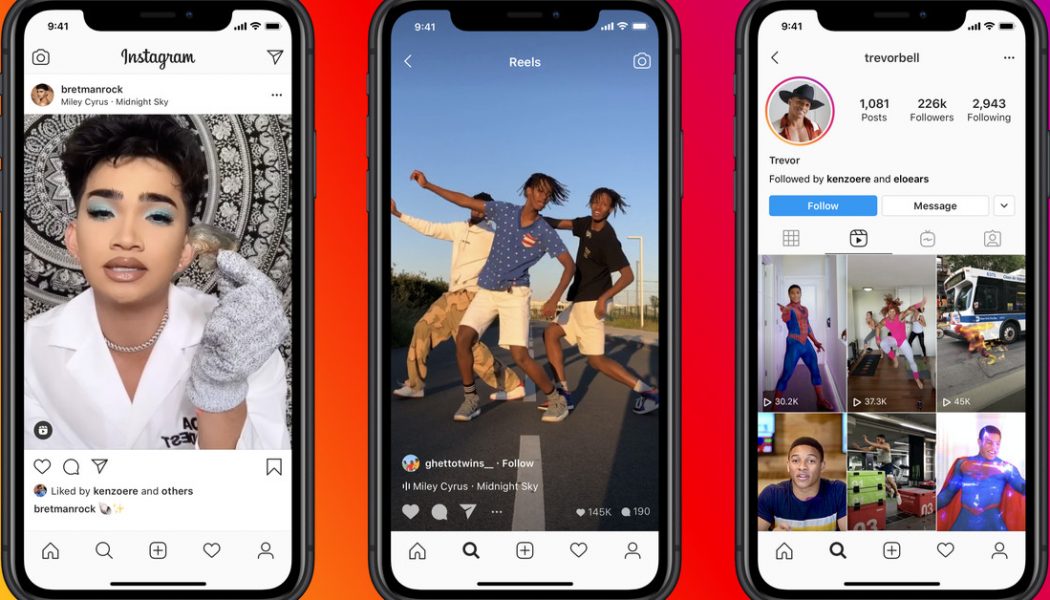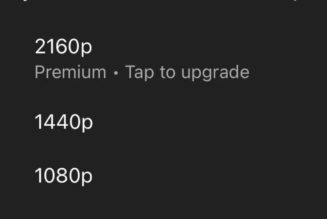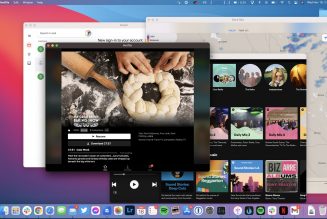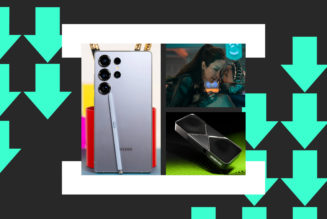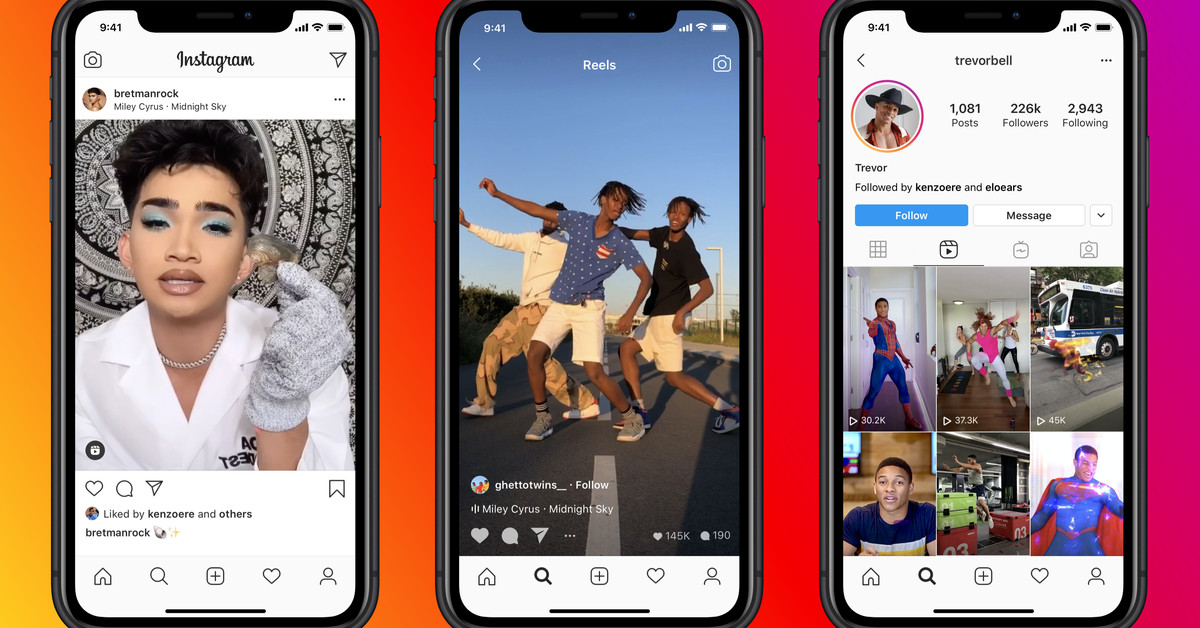
Instagram’s newest guidance for creators makes one thing clear: the platform wants people to stop posting recycled TikToks to Reels. Today, Instagram says it’s making changes to its algorithm and how it recommends Reels to users. Along with that, it’s issuing new best practices on its @creators account to give Instagram users tips on how to make content that’s likely to be seen and promoted.
The team now recommends that Reels users post vertical videos that use music found in Instagram’s library or sounds that they find on Reels. They also suggest “starting a trend” that others can participate in, like dance crazes, as well as “entertaining” and “fun” content. Reels that are mostly covered by text, are blurry, have a watermark or logo, or have a border around it won’t be recommended as frequently.
“We’re building on what we’ve learned from Explore to recommend fun and entertaining videos in places like the Reels tab, and personalize the experience,” says spokesperson Devi Narasimhan in an email to The Verge. “We are getting better at using ranking signals that help us predict whether people will find a reel entertaining and whether we should recommend it.”
Narasimhan says Instagram user surveys demonstrated that people have a “less satisfying” Reels experience when content is recycled from other apps or is blurry, so it’ll start deemphasizing that content in its recommendation software. This makes it less likely to be discovered by people who aren’t following the person who posted it.
It’s no surprise these recommendations are coming six months after Reels launched in the US. The platform might have been okay with people initially bringing their TikToks over to Instagram, but as it looks to become a popular destination on its own, Instagram needs to make sure Reels isn’t just an advertisement for TikTok, or worse, a place where people just dump whatever content they’ve already made. This might mean more work for creators, however, who will possibly have to shift some of their effort to Reels, rather than focusing on one platform and then distributing the content everywhere else.
